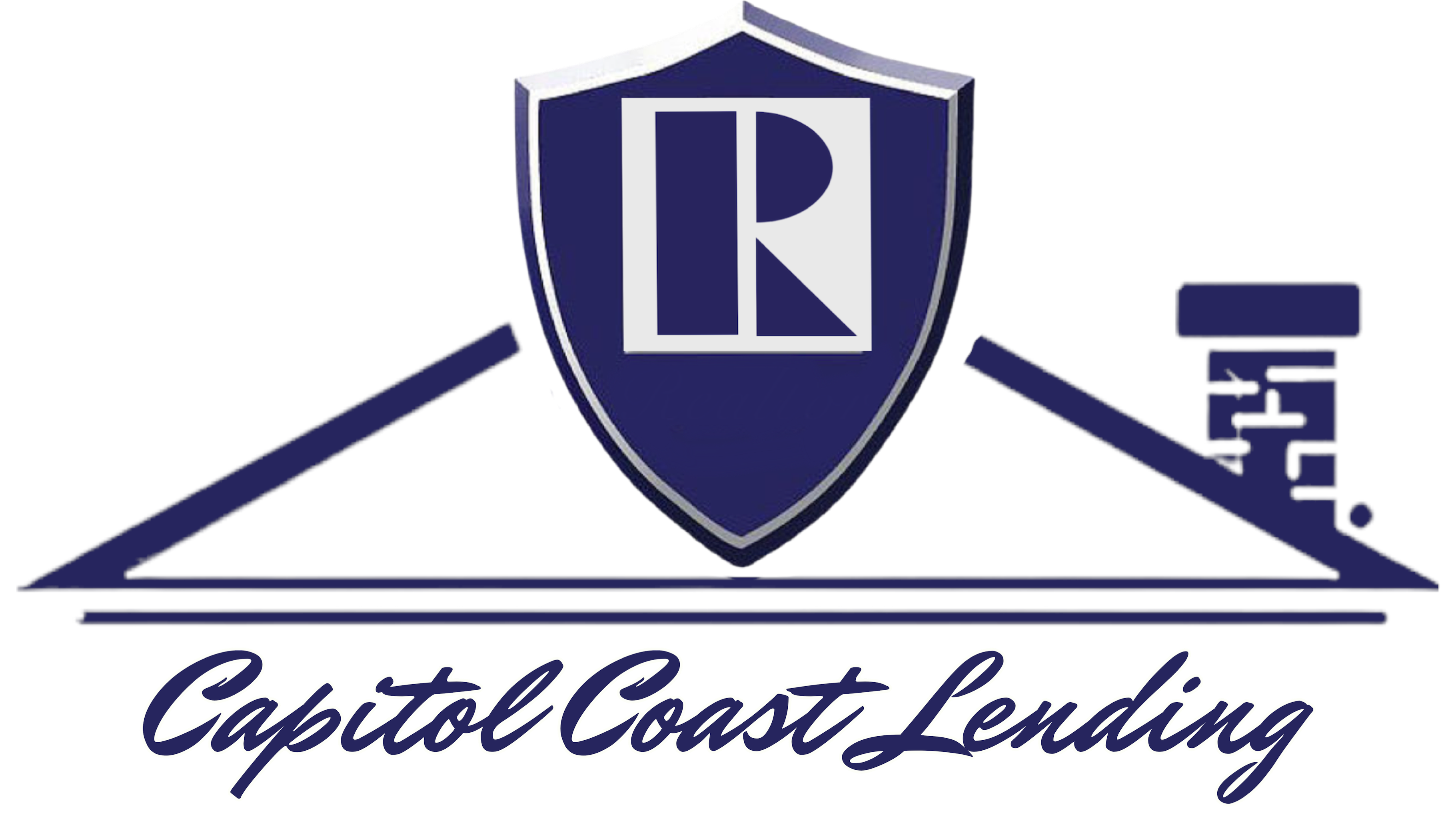Capitol Coast Lending
333 University Avenue
Sacramento, CA 95825
916-277-0717
NMLS 2042983, BRE 2126218
INTEREST RATE INFORMATION
To understand fixed and adjustable rates for mortgage loans, consider the following information:
Loan-Rates
Fixed Rate
Adjustable Rate
This choice affects
Whether your interest rate can change
Whether your monthly principal and interest payment can change and its amount
How much interest you will pay over the life of the loan
Fixed Rate Loans
Lower risk, no surprises
Higher interest rate
Rate does not change
Monthly payments stay the same
2008–2014: Chosen by 85-90% of buyers
Adjustable Rate Loans
Higher risk, uncertainty
Lower interest rate to start
After initial fixed period, rate can increase or decrease based on the market
Monthly payments can increase or decrease over time
Historically: Chosen by 70-75% of buyers
Historically: Chosen by 25-30% of buyers
Understanding Adjustable-Rate Mortgages (ARMs)
Most ARMs have two periods.
In the first period, your interest rate is fixed and won’t change.
During the second period, your rate goes up and down regularly based on market changes.
Here's how an example ARM would work, i.e. - 5 / 1 Adjustable-rate mortgage (ARM)Fixed Period:
This “5” is the initial interest rate and will stay fixed
Common fixed periods are 3, 5, 7, and 10 years
The most common adjustment period is “1,” meaning you will get a new rate and new payment amount every year once the fixed period ends. Other, less common adjustment periods include "3" (once every 3 years) and "5" (once every 5 years).
You will be notified in advance of the change.
Adjustable Period
How often your rate will adjust after the fixed period ends.
What to know
Your monthly payments are more likely to be stable with a fixed-rate loan, so you might prefer this option if you value certainty about your loan costs over the long term. With a fixed-rate loan, your interest rate and monthly principal and interest payment will stay the same. Your total monthly payment can still change—for example, if your property taxes, homeowner’s insurance, or mortgage insurance might go up or down.
Adjustable-rate mortgages (ARMs) offer less predictability but may be cheaper in the short term. You may want to consider this option if, for example, you plan to move again within the initial fixed period of an ARM. In this case, future rate adjustments may not affect you. However, if you end up staying in your house longer than expected, you may end up paying a lot more. In the later years of an ARM, your interest rate changes based on the market, and your monthly principal and interest payment could go up a lot, even double.
ARMs include specific rules that dictate how your mortgage works. These rules control how your rate is calculated and how much your rate and payment can adjust. Not all lenders follow the same rules, so ask questions to make sure you understand how these rules work.
ARMs marketed to people with lower credit scores tend to be riskier for the borrower.
If you have a credit score in the mid-600s or below, you might be offered ARMs that contain risky features like higher rates, rates that adjust more frequently, pre-payment penalties, and loan balances that can increase. Consult with multiple lenders and get a quote for an FHA loan as well. Then, you can compare all your options.
Copyright © Capitol Coast Lending, and its licensors. All rights reserved.
Mortgage Websites designed and powered by Capitol Coast Lending, Inc.
